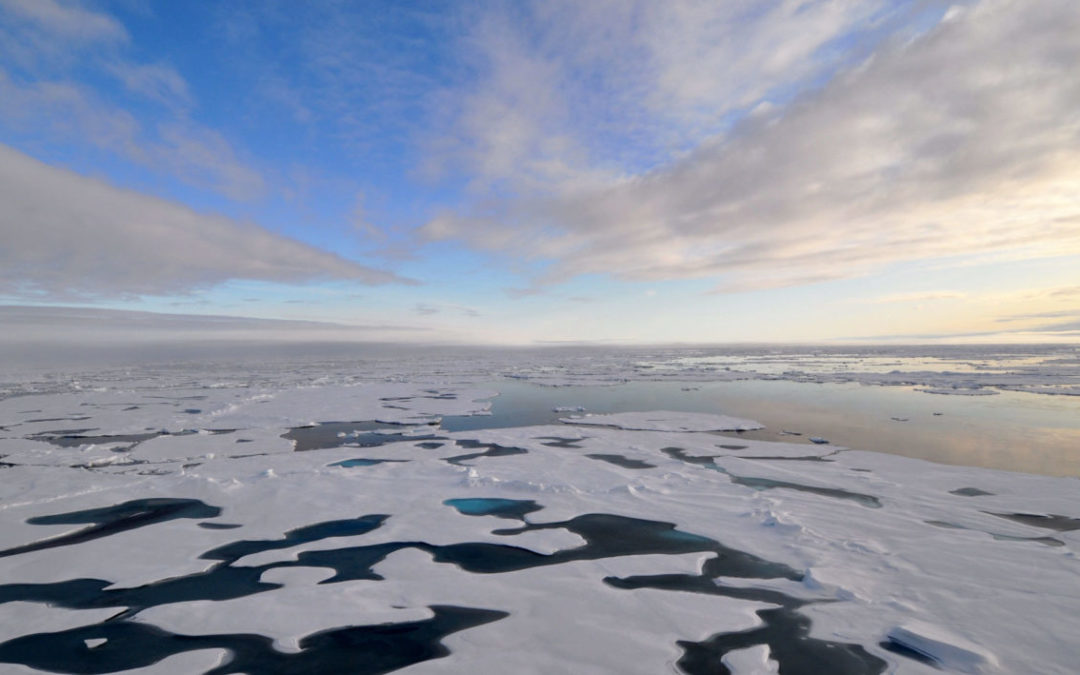SOURCE: Yale e360
DATE: May 10, 2018
SNIP: As the Arctic heats up faster than any other region on the planet, once-distinct boundaries between the frigid polar ocean and its warmer, neighboring oceans are beginning to blur, opening the gates to southern waters bearing foreign species, from phytoplankton to whales. The “Atlantification” and “Pacification” of the Arctic Ocean are now rapidly advancing. A new paper by University of Washington oceanographer Rebecca Woodgate, for example, finds that the volume of Pacific Ocean water flowing north into the Arctic Ocean through the Bering Strait surged up to 70 percent over the past decade and now equals 50 times the annual flow of the Mississippi River. And over on the Atlantic flank of the Arctic, another recent report concludes that the Arctic Ocean’s cold layering system that blocks Atlantic inflows is breaking down, allowing a deluge of warmer, denser water to flood into the Arctic Basin.
“You have all this warm Pacific water coming into the Arctic and what is that going to mean?” says Robert Pickart, a physical oceanographer with the Woods Hole Oceanographic Institution in Massachusetts who studies Pacific Arctic circulation. “Not only is there more water going through, but there’s an increase in the amount of heat going through.” Adding more heat, he says, is “going to change the composition of the water and its likelihood to melt sea ice.”
In addition, waters from the Atlantic that have long entered the Arctic Ocean and circled down deep are being driven higher onto shallow sea shelves north of Alaska by increasingly intense storms. (The Arctic’s extensive sea ice cover used to tamp down storms.) “What we see at the Chukchi slope in the last few years are these pulses of Atlantic water, which is dreadfully warm, above zero degrees (Celsius), and salty,” says Phyllis Stabeno, a physical oceanographer at the NOAA Pacific Marine Environmental Laboratory and a co-director of the Synthesis of Arctic Research.
All signs are that the Atlantification and Pacification of the Arctic Ocean will only intensify in the coming decades as the world continues to warm and the Arctic becomes increasingly ice-free. Arctic temperatures this past February soared to more than 45 degrees Fahrenheit above normal and hovered well above average all season. Winter sea ice was the second-lowest on record across the Arctic Ocean as a whole. And summer ice cover in the Arctic Ocean has declined by about 40 percent since satellite monitoring began.

